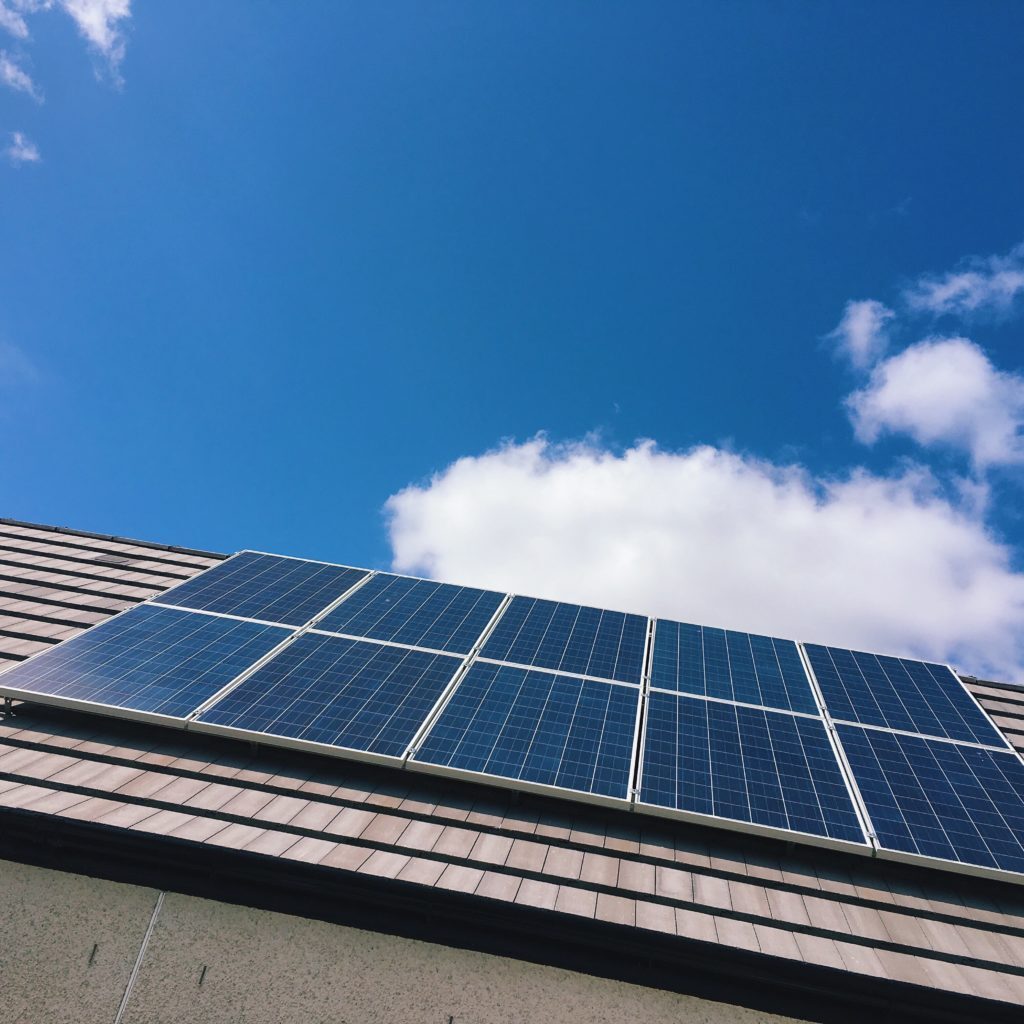Installations of photovoltaic systems are growing in exponential, representing a conscious and innovative choice for electricity generation in one's own home.
The first question that arises for anyone intrigued by this reality is the following: how much can you save?
First of all, it should be noted that there is no universal answer that applies to everyone, but it is necessary to rely on an expert evaluation. For example, if the system is not correctly dimensioned on the basis of the average consumption of the household, there is a risk of not achieving the hoped-for savings. Believing that the electricity bill is now just a bad memory is incorrect, but photovoltaics can save you up to 70% when installed without storage, and up to 90% when installed in combination with batteries. This is a not inconsiderable relief on what are often very high costs that one is forced to face on a typical bi-monthly basis. The initial investment costs (purchase, installation and testing) are only followed by an annual energy check, which can also be carried out remotely by the installer.
A good photovoltaic system, correctly sized and controlled, will be long-lived and reliable, allowing the owner to have no worries; normal wear and tear does not affect its excellent performance over time, guaranteeing a long life span (more than three decades) with considerable savings on bills.
Today, new interesting measures are in the field, such as the Superbonus of 110% in addition to that refurbishment of 50%both with credit assignment and immediate invoice discount. In the first case, it is necessary to combine photovoltaics (even with batteries and electric vehicle recharging station) with at least one other driving intervention, such as a thermal coat or heat pumps, but it must be considered that the GSE will not pay for the on-site exchange. In the second case, with the cession of credit, it is possible to have a 50% discount on the purchase cost and, unlike the above, the energy fed into the grid with the on-site exchange mechanism (i.e. not self-consumed) will be paid.
The best way to approach the world of eco-sustainable energy, to know a priori its actual savings, to choose whether to take advantage of the Superbonus at 110% without exchange remuneration or the Superbonus at 50% is to rely on the highest quality, expertise and professionalism of experienced engineers in the sector. Regran makes the difference in this respect thanks to the more than ten engineers on staff, thirteen years of experience in the photovoltaic sector, and hundreds of installations carried out.
Take a look at the our website to find out more: www.regran.it
